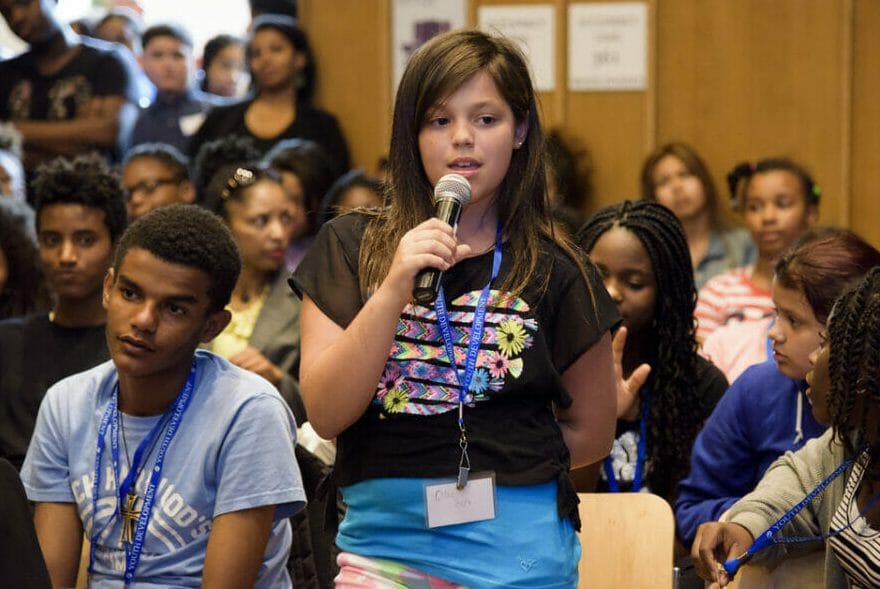 I am not a shy person, but I am digital and having too many people around and too much going on used to stress me quite a bit. This is why I was happy to bump into a lovely book called Be the Life and Soul of the Party – Socialising for Success.
I am not a shy person, but I am digital and having too many people around and too much going on used to stress me quite a bit. This is why I was happy to bump into a lovely book called Be the Life and Soul of the Party – Socialising for Success.
But this post is not about parties or being the life and soul of them. It is about managing emotions. Specifically, it is about getting rid of negative feelings that seem to haunt us and get us into trouble often.
As a partner, a parent and a person, it is likely you find yourself in familiar situations, feeling the same familiar feeling and wondering how you got there. It may be as you walk in the door after a long day at work. It may be when some misunderstanding with your partner or your (teenage) child quickly escalates to an unpleasant exchange of verbal blows. It may just be when you look in the mirror.
The book explains that all negative feelings are some form of fear and that fear is a defensive feeling aimed at protecting our self from being hurt. Some part of us recognizes certain words or behaviors as a form of attack raises the alert by creating this protective feeling.
The thing is, the “attack” pattern may have been saved in our mind when we were little and certainly in a particular context, both of which are longer in effect. However, our reaction is a subconscious one, which means there is no time for logic, but also that to get rid of this type of reaction we must “talk” directly with our subconscious (this is called Neurolinguistic Programming or NLP).
How to let go of a common negative emotion
 Recall a common unpleasant feeling you would like to stop having
Recall a common unpleasant feeling you would like to stop having- Think of a “thing”, an object, an animal or even a natural phenomenon that this feeling would be if it had physical form. Imagine it right in front of you. What would this “thing” look like, sound like, taste like, smell like and feel like? Is it heavy? Is it light? Would you touch it?
- Ask the “thing” what it is trying to protect you from and what its positive reason is for being with you so intensely for so long.
- Let the “thing” reply. You may see, hear, taste, smell and/or feel the answer, so be patient and attentive to the answer.
- Thank it. Give appreciation to the “thing” for being there with a positive intention.
- Find some aspects of the “thing” that are appealing to you – its color, its voice, smell, taste, texture or movement.
- Your “thing” may now change its shape and other attributes. If not, keep talking to the “thing”. You can use any tools or imaginary aids you like to get closer to your “thing” and develop your mutual understanding. Continue in a playful way until your “thing” has changed its form into something pleasant or completely disappeared.
- As this is in YOUR mind, any outcome that appeals to you is good. This process is complete when you feel comfortable returning to your daily life with the confidence that your original emotion has either gone away for good or become something you would like to keep.
I was so excited about this, I nearly exploded. Right away, I decided to work on the feeling most common for digital people – overwhelm.
 First, I imagined my feeling of overwhelm as a very large octopus. I did not count the arms, but there were probably more than 8 there. It was big, it was dark, it had huge bulging eyes, it was frowning, it had a shoe box in each tentacle (which I knew was something I had to do) and it kept moving all the time. I felt very overwhelmed.
First, I imagined my feeling of overwhelm as a very large octopus. I did not count the arms, but there were probably more than 8 there. It was big, it was dark, it had huge bulging eyes, it was frowning, it had a shoe box in each tentacle (which I knew was something I had to do) and it kept moving all the time. I felt very overwhelmed.
When I asked the big octopus for the good reason it was there, it became quite a bit shorter and its expression changed from menacing to compassionate. It said to me in a soft voice, “I’m desperately trying to keep track of all these things for you, so you can focus on doing one task at a time and doing it well. Have I not been doing a good job?”
Then it sort of deflated a bit, shrank to my own height and move closer to me, looking self conscious. “Would you like me to leave?” it asked timidly.
 “No, it’s OK”, I said, “Why don’t you just keep all this stuff somewhere else?”
“No, it’s OK”, I said, “Why don’t you just keep all this stuff somewhere else?”
“Sure”, the octopus said happily and then turned around, grew roller skates on 2 tentacles and skated away into the darkness.
I felt great, knowing I was being watched over by my friend the octopus, who was keeping my to-do list tucked away for me. My body relaxed and I smiled to myself and ran to tell Ronit and Eden.
Being you, your “thing” may be completely different. Being you, your imaginary negotiation with the “thing” may be completely different. Either way, give it a try. You will feel great afterwards and your life will change forever.
Of course, once you get the hang of it, it will be nice of you to share it with your partner and with your kids (friends and family may come a bit later).
 Kids have few inhibitions imagining things, but they already have things that bother them repeatedly. Unlike many areas, imagining can be easily done without words, so kids are even better at it than adults. However, kids may not be able to “spot the troublemaker” yet, which is where you can help them greatly.
Kids have few inhibitions imagining things, but they already have things that bother them repeatedly. Unlike many areas, imagining can be easily done without words, so kids are even better at it than adults. However, kids may not be able to “spot the troublemaker” yet, which is where you can help them greatly.
Say one of your kids displays miserable behavior often or throws temper tantrums. You can suggest to them to play an imagination game with you, in which you guide them through the steps above. They do not have to tell you what they are experiencing, but if they do, would you please come back here and tell us about it?
Happy life,
Gal
 Recall a common unpleasant feeling you would like to stop having
Recall a common unpleasant feeling you would like to stop having










